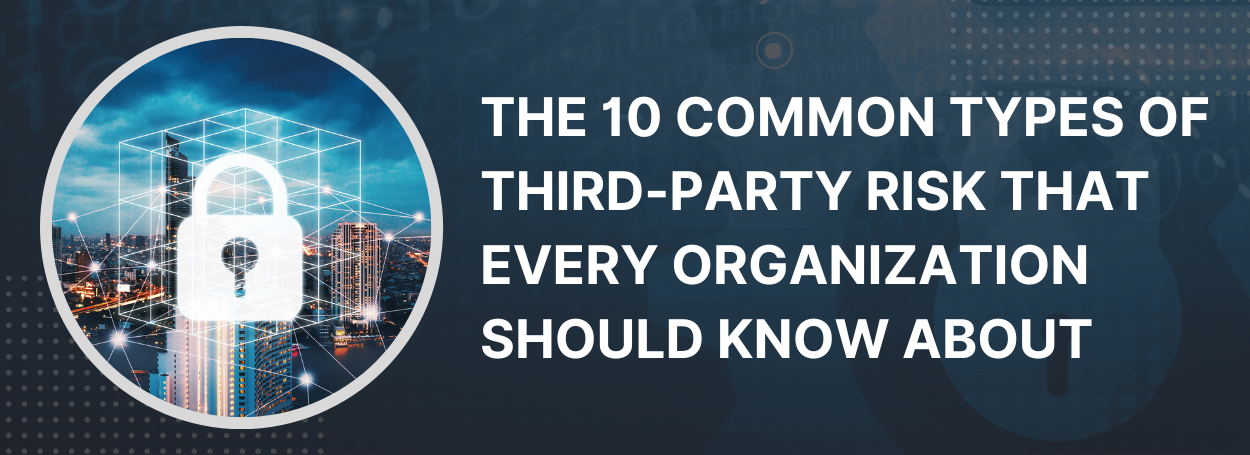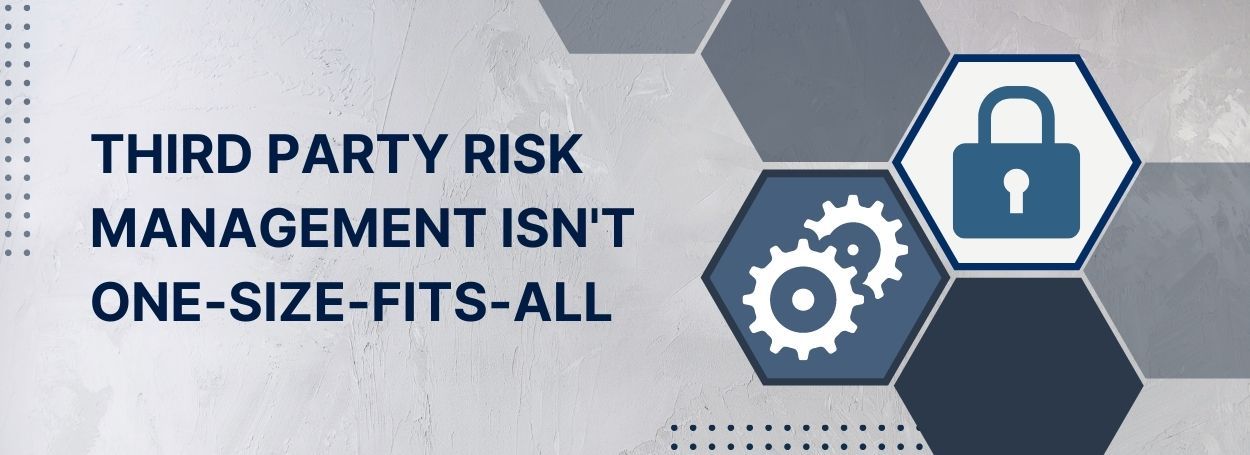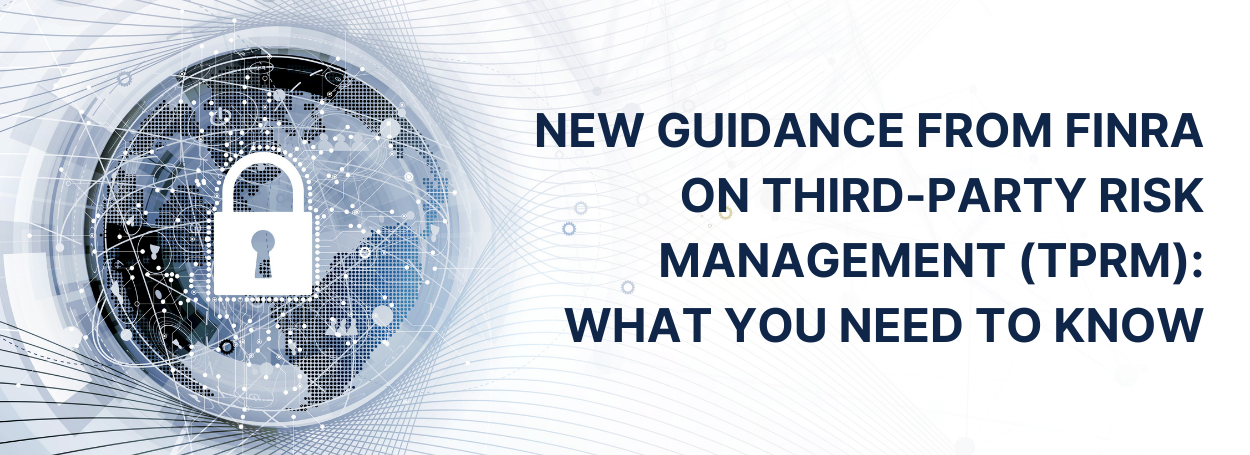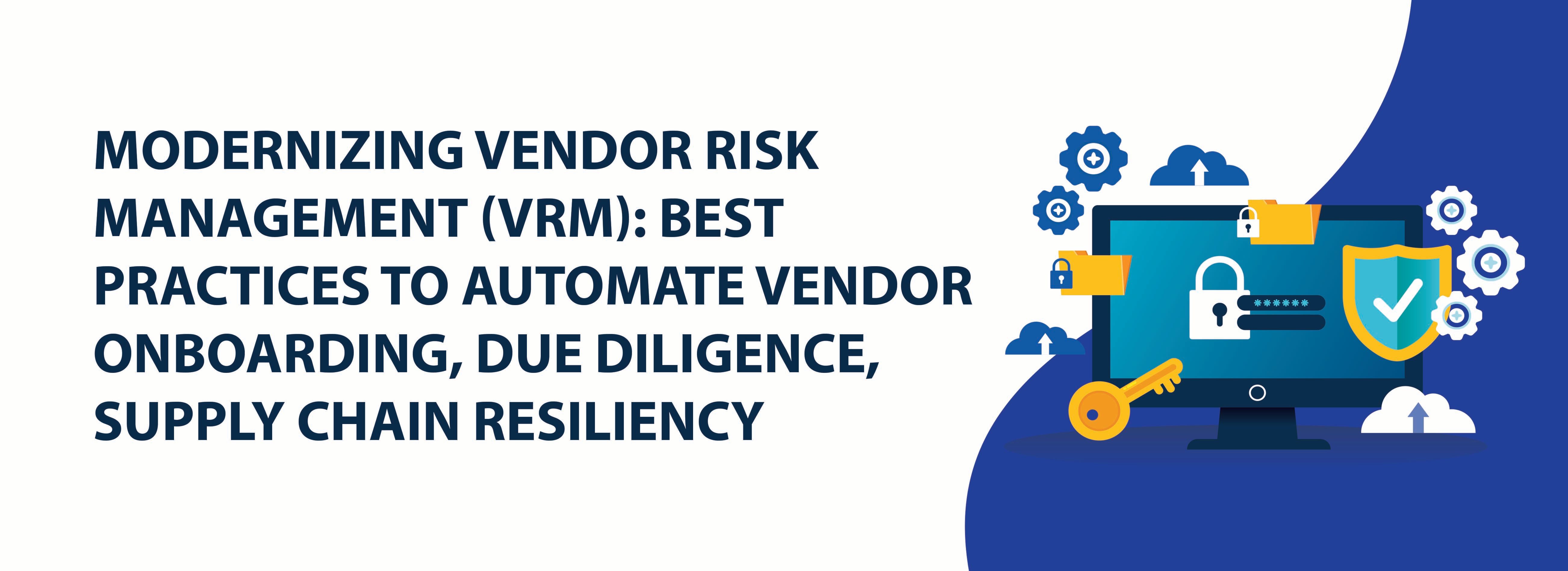The 10 Common Types of Third-party Risk that Every Organization Should Know About

According to one 2020 multi-country survey, many organizations deal with an average of 9,735 third-party relationships. Thus, in today’s hyper-connected business landscape, a company that doesn’t work with third parties like vendors, independent contractors, outsourcing partners, and consultants is a rare exception.
Working with third parties enables organizations to access specific expertise and supplement their capabilities to deliver additional or better products to customers and boost their competitiveness.
And yet, every vendor relationship also creates risk. To maintain these relationships and ensure that they continue to deliver benefits, you need to manage and mitigate the risks associated with them. To do this, you need to first understand the various types of third-party risks that may affect your organization now or in future.
What is Third-party Risk Management?
To mitigate third-party risk, you need to identify, assess, and quantify each risk on a continual basis. For this, a robust third-party risk management (TPRM) – sometimes known as vendor risk management (VRM) – process is vital.
One of the most vital components of TPRM – sometimes known as vendor risk management (VRM) – is vendor monitoring and due diligence. With a well-designed, well-run TPRM, you can mitigate and manage many third-party risks. You can also:
• Understand how many third-party vendors you use
• The risks associated with each
• If they have implemented adequate safeguards to protect your organization
On the other hand, weak TPRM can make your organization vulnerable to many adverse events, including financial losses, reputational damage, regulatory fines and penalties, and increased customer churn.
For instance, in 2019, the average cost of a data breach was $3.92 million. But a breach involving a third party cost $370,000 more. This shows that if one of your third-party vendors has weak cybersecurity controls, the risk and cost of a potential breach can be very high for your organization.
Third-party risk management starts by understanding these risk types. These are explored below.
10 Key Types of Third-party Risk
In this section, we explore the 10 key risk types that are most commonly associated with third parties like vendors, contractors, and suppliers. Your TPRM program should be able to identify, categorize, quantify, and mitigate these risks appropriately and reliably.
1. Strategic Risk
Strategic risk is created in your organization when a third party’s decisions or actions are not aligned with your strategic objectives. Such mismatches can occur when they don’t focus on product quality or timely delivery, or when they don’t prioritize your business and its relationship with you.
Strategic risk also increases if the vendor has high employee turnover, if their ownership or management has changed, or uses obsolete or aging technology.
You can effectively monitor and mitigate strategic risk by establishing key performance indicators (KRIs). These metrics will provide valuable insights into each vendor’s operations and processes and guide you to take the necessary action to reduce this risk.
2. Operational Risk
Operational risk is created when a third party service provider experiences a failure in their processes, people, controls, or systems. In some cases, external events like natural disasters, fires, IT outages, or cyberattacks may also impact their ability to continue business operations. Regardless of the cause, such failures can create operational risk that affects your organization’s daily activities and business as usual.
To limit operational risk, create a business continuity plan detailing various possible scenarios that may impact a vendor’s operations and increase your operational risk. Also identify what actions you will take to ensure that you remain operational in case of a vendor shutdown. Make sure to update the plan as your vendor ecosystem or business needs change.
3. Financial Risk
The financial condition of your third parties can create financial risk for your organization. This risk relates to their inability to meet their contractual obligations and provide the contracted products or services to your organization.
Third-party financial risk can also occur when their revenues decrease, say, due to canceled orders, or if they lose more customers than they can retain. A low credit rating, liabilities outnumbering assets, and SLA-related fines due to poor performance or delayed deliveries also increase financial risk for your company.
To manage third-party financial risk, you must conduct periodic third-party audits to ensure that vendor spending is aligned with the terms outlined in your contract. Also identify which vendors impact your organization’s revenue-producing activities. Implement systems to track their activities and your spends so if there are deviations, you can take corrective action to reduce the risk.
4. Compliance Risk
Your organization might have to comply with certain regulatory rules or laws, such as GDPR, HIPAA, and PCI-DSS. Your third parties may also have to comply with these – or other – regulations. If they fail to do so, they may face substantial fines or legal actions that can affect your organization’s business continuity. This is known as regulatory compliance risk. Compliance risk is also created in your organization when one or third parties fail to adhere your internal policies, procedures, standards, or code of conduct.
To minimize compliance risk, it’s crucial to perform due diligence on every vendor. Make sure that each third party implements robust compliance controls to match regulatory requirements. Also add terms in the SLA or contract stipulating what action they will take to protect your organization if they are found to be in breach of compliance regulations.
5. Information Security and Cybersecurity Risk
The 2020 SolarWinds supply chain attack had over 250+ victims. All the attacker had to do was insert malicious code in one software application (SolarWinds). Thus, by attacking a single third party (SolarWinds), they were able to successfully compromise hundreds of companies and government agencies. This is a great example of the cybersecurity and information security (IS) risk posed by third parties to your organization.
IS and cyber risks can be particularly high for your company if third parties have access to your business-critical systems or sensitive information, and if they lack controls, processes, or policies to govern their access and protect your assets. This risk can also increase if they:
• Use insecure open-source software and insecure legacy systems
• Lack policies and controls for password management and incident response
• Don’t encrypt systems or data
• Don’t have a vulnerability management process
• Lack qualified cybersecurity personnel
To minimize third-party cybersecurity and IS risk, continuously monitor every vendor’s cybersecurity posture and controls. Assess their security performance and ask them to make adjustments so the risk to your organization remains within acceptable levels.
6. Reputational Risk
Any third party’s actions or decisions can damage your company’s reputation, brand image, and public perception. Outages, lawsuits, regulatory penalties, customer data breaches, and incidents of fraud at the vendor’s end can also impact your reputation.
While it’s impossible to prepare for every kind of situation that may increase your reputational risk, you can take some action to protect your organization. Conduct third-party risk assessments and send vendor due diligence questionnaires to identify which third parties lack controls to prevent outages, lawsuits, penalties, data breaches, and fraud. Then work with them to ensure that they implement these controls to protect your reputation.
7. Other Types of Third-party Risk
Your organization may also be vulnerable to these other types of risks from third parties:
• Transaction risk: The risk of exchange rate fluctuations which increases if you pay third parties in foreign currencies
• Environmental, Social, Governance (ESG) risk: Third parties that don’t adhere to ESG standards can damage your finances or reputation.
• Geopolitical risk: Working with third parties in locations prone to civil unrest, lax privacy laws, or weak anti-fraud laws could harm your organization.
• Single point of failure risk: This risk to your business continuity is created when you rely on one vendor to provide multiple critical services or on multiple vendors in the same geographical area.
Again, it may not be possible to avoid all these risks. However, you can mitigate their impact with a robust TPRM program. It’s also good practice to conduct vendor risk assessments to determine the level of risk created by each third party and practice continuous risk monitoring to identify risk early and implement the right remediation measures for each vendor or risk type.
Manage and Mitigate Third-party Risk with Vendor360
ONECENTRL’s Vendor360 is a unified risk management platform that can improve the efficiency of your third-party risk management program by 50%. With this advanced TPRM platform, you can automate vendor risk assessments and streamline your risk management and audits processes.
Get enhanced, real-time vulnerability insights and actionable intelligence into which the third party is creating risk for your organization. Then leverage information about criticality to segment vendors into multiple risk tiers and address risk accordingly.
With a centralized risk directory, you get a comprehensive view of all vendor data, simplify new vendor onboarding and conduct internal audits – without spreadsheets! To know how Vendor360 can help optimize your vendor risk management program, schedule a demo.


